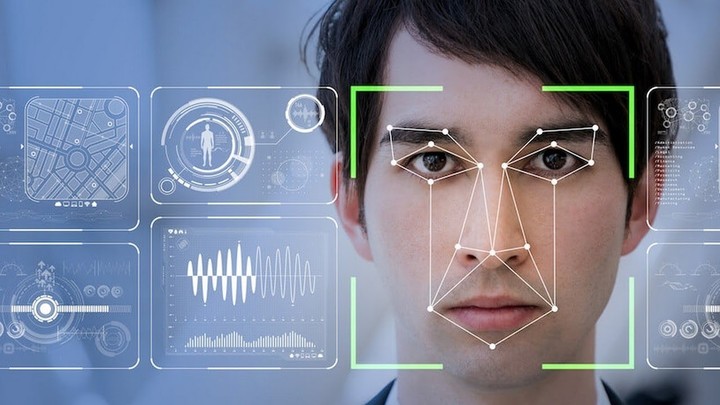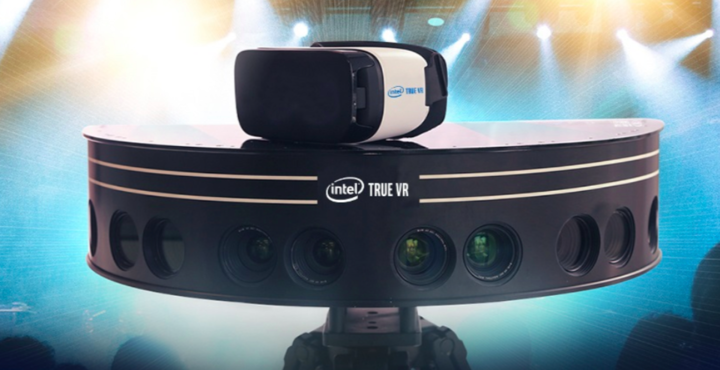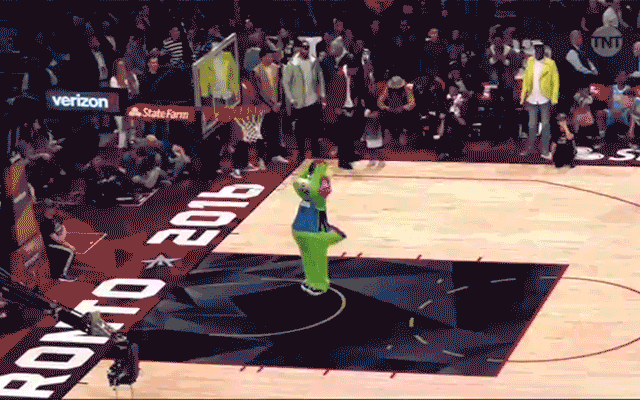In May of this year, San Francisco, California, became the first city in the world to ban government agencies using face recognition technology. . However, this technology will be used on a large scale at the Tokyo Olympics next year.

▲ Image from: Wired
In less than a year, the 2020 Tokyo Olympics was opened. At that time, athletes, sponsors, journalists or volunteers need to use the facial recognition system to check in, but the general audience does not need it.
According to CNET reports, Developed jointly by Intel and NEC, the facial system is designed to allow the Olympic organizers to ensure that the 300,000 athletes and related staff are successfully checked. The person using it needs to use the photo on the government-issued ID card. Sign up.

▲Image from: Biometric Update
Ricardo Echevarria, general manager of the Intel Olympics program, revealed that NEC will deploy hundreds of facial recognition systems around the Olympic venue facilities to speed up the identification of participants.
This is also the first time in the history of the Olympic Games to use a facial recognition system. In fact, during the Rio 2016 Olympic Games, the Tokyo Olympic Organizing Committee has tested this facial recognition system on some media reporters.
According to the organizers of the 2020 Tokyo Olympic Games, face recognition is twice as fast as regular ID check, which can greatly shorten the waiting time for queuing, and more effectively prevent unauthorized access to important areas of the venue and improve security. Sex.

Face recognition in large events such as concerts, airports, and public places is not new in many countries, but there are many controversies about privacy.
It is reported that the main event of the Tokyo OlympicsThe issuing of the certification card is to collect the facial photos of the participants and obtain their consent, but does not disclose how much time the personal data obtained through facial recognition will be retained, but indicates that the Personal Information Protection Act will be observed.
All personal data will be properly managed and used during the game and then safely deleted under strict conditions.
Although the Tokyo Olympics will adopt face recognition technology on a large scale, it will not completely replace the old model. Those who receive Olympic certification still need to wear traditional ID lanyards. However, facial recognition is significantly more efficient than ID lanyards that are easily lost and stolen.
In addition to facial recognition technology, Intel will also bring a series of “black technology” to next year’s Olympic Games. For example, 3D Athlete Tracking (3DAT), which is mainly used for sprint projects.

The 3DAT system will use four mobile camera arrays to capture the athlete’s sprint. The system’s built-in AI algorithm analyzes each athlete’s movements and then overlays the dynamic layers in real time on the field using 3D visualization.
In the live broadcast of the event, you will see a color bar behind each athlete on the runway, using the changing colors to show the speed of the athlete. .
At the same time, Intel has established VR model, including the track, boxing ring, beach volleyball court,And the scenes of the opening and closing ceremonies, before the venue is built, the staff can familiarize themselves with the venue through VR.

▲ Image from: patentlyapple
The annual Olympic Games, in addition to being the arena of athletes, is actually the show of the technology company. For example, the drone light show, the FreeD 360 freeze playback, and the 5G 8K live broadcast that allow viewers to watch the 360° without a dead end… are all “tech eggs” in the Olympics.

These technologies not only enable viewers thousands of miles away to get a better viewing experience, but also improve the management efficiency of the organizers. Those based on AI real-time tracking technology can even help athletes improve their competitive level.